Dickens and Empire: Discourses of class, race and colonialism in the works of Charles Dickens
Ashgate, $124.30 hb, 220 pp
Beyond London
When we think of Charles Dickens, we think of London – not the imagined medieval London of William Morris, ‘small, and white, and clean’, but the contemporary London Morris described as among the ‘six counties overhung with smoke’. For Christopher Koch, in Crossing the Gap (1987), the London of his imagination was full of ‘rooms where great fires blazed in open fireplaces’. He saw it this way because ‘Mr Pickwick had warmed his coat-tails before such fires’. We know, of course, that there are plenty of other English localities in Dickens’s novels, such as the memorable marshes in Great Expectations (1860–61). We even remember that parts of his novels are set in other countries altogether, such as the American scenes of Martin Chuzzlewit (1843–44) and the Marseilles setting at the beginning of Little Dorrit (1855–57). Yet if we think of the quintessential Dickens setting, it is to London that we turn.
Continue reading for only $10 per month. Subscribe and gain full access to Australian Book Review. Already a subscriber? Sign in. If you need assistance, feel free to contact us.







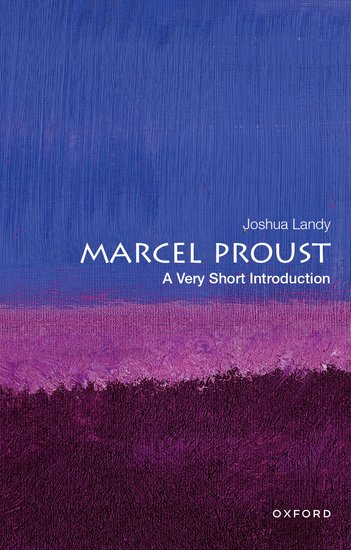
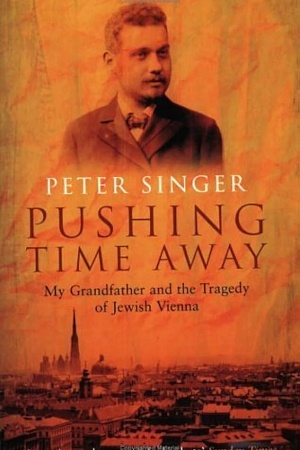
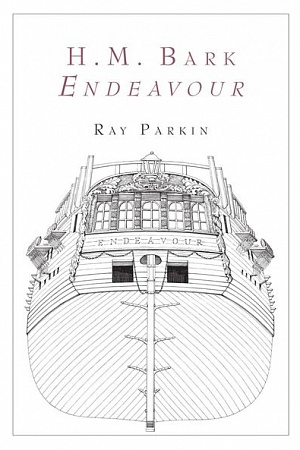
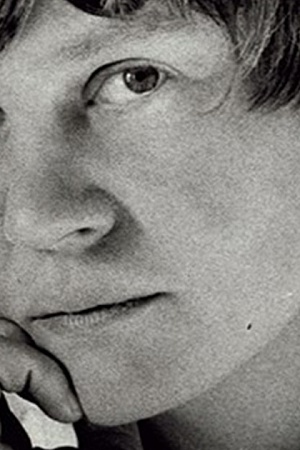



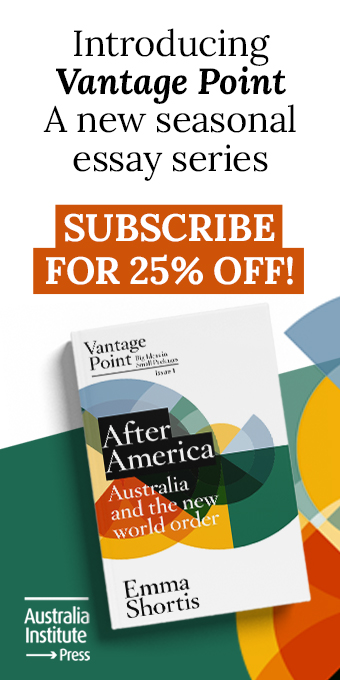
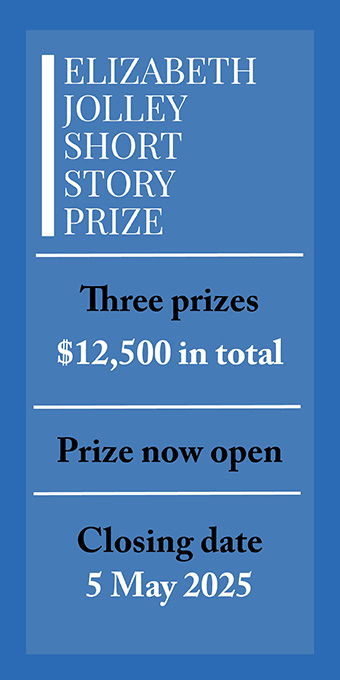
Leave a comment
If you are an ABR subscriber, you will need to sign in to post a comment.
If you have forgotten your sign in details, or if you receive an error message when trying to submit your comment, please email your comment (and the name of the article to which it relates) to ABR Comments. We will review your comment and, subject to approval, we will post it under your name.
Please note that all comments must be approved by ABR and comply with our Terms & Conditions.